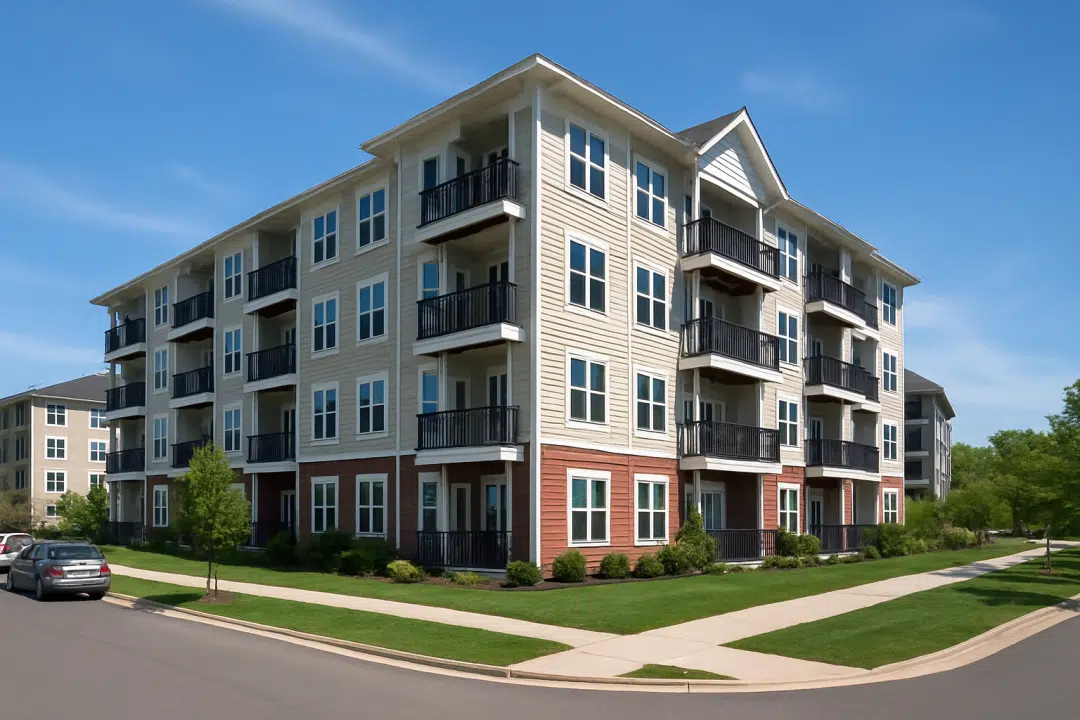
Americans are becoming more frustrated with the availability of good, affordable housing, according to new survey data. Rising home prices, high mortgage rates, and economic uncertainty are fueling dissatisfaction across the country.
Housing satisfaction collapses in wealthy nations
Gallup surveyed residents across 38 high-income countries, including the United States. Only 36% of Americans said they were satisfied with local housing conditions in 2024. That marks a drop from 39% in 2023 and a steep fall from 61% in 2020.
Housing satisfaction plummeted during the COVID-19 pandemic. Between 2021 and 2022, satisfaction levels fell from 54% to 40%.
Australia, Portugal, and other developed countries also reported sharp declines. Across the OECD, satisfaction averaged just 43%, compared to 50% in the rest of the world.
RELATED READING: What’s happening in the US Housing Market? Can it be fixed?
Home prices and mortgage rates add pressure
Gallup notes that dissatisfaction often reflects perception, not real homelessness or displacement. In 2024, only 11% of adults in wealthy OECD countries reported being unable to afford adequate shelter. In contrast, 38% of adults in lower-income countries faced real housing struggles.
Still, rising costs weigh heavily on the public mood. In April, the national median home list price hit $431,250, according to Realtor.com. Meanwhile, the 30-year fixed mortgage rate climbed to 6.81%, reversing early-year improvements.
New tariffs on imported construction materials could make matters worse. Builders warn that costs could jump by $11,000 per new home if tariffs fully take effect.
Affordable housing links closely to political trust
Gallup emphasizes that housing satisfaction often shapes political outcomes. In wealthier countries, public approval depends in part on access to affordable homes. Leaders who ignore housing concerns risk losing voter trust.
Consumer confidence continues to fall
Housing concerns match broader economic anxiety. The Conference Board’s Consumer Confidence Index dropped 7.9 points in April to 86, its lowest level since May 2020.
The index has fallen across all age groups and political affiliations. It has declined for five straight months, losing 19.3 points since January 2025. Economists often view a 20-point drop as an early sign of a potential recession.
Fears about rising costs, unstable job prospects, and tariff-related disruptions continue to shake public confidence.
Homeownership rates dip to pre-pandemic levels
Homeownership in the U.S. also dropped in early 2025. The national homeownership rate fell to 65.1% in the first quarter, down from 65.6% a year earlier.
Young buyers under age 35 faced the steepest decline. Their homeownership rate dropped to 36.6%, driven by high down payments and scarce inventory.
In contrast, older Americans retained strong ownership rates. Homeownership among those aged 60 to 79 rose to 79% as baby boomers maintain a firm hold on real estate wealth.
Conclusion: Housing dissatisfaction highlights deeper challenges
While few Americans face immediate housing insecurity, frustration with affordability is growing. Rising home prices, elevated mortgage rates, and fears of economic instability continue to erode public satisfaction.
Policymakers hoping to stabilize the economy must address affordable housing head-on. Voters are watching closely, and in 2025, housing remains a defining issue for America’s future.
